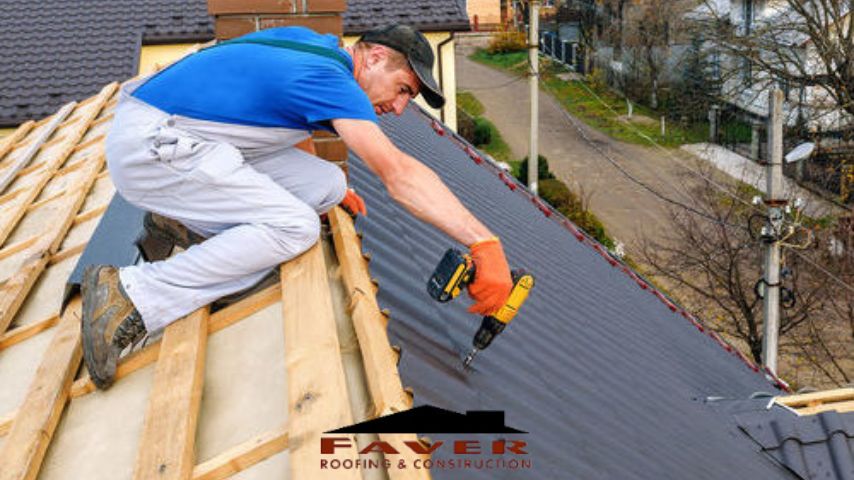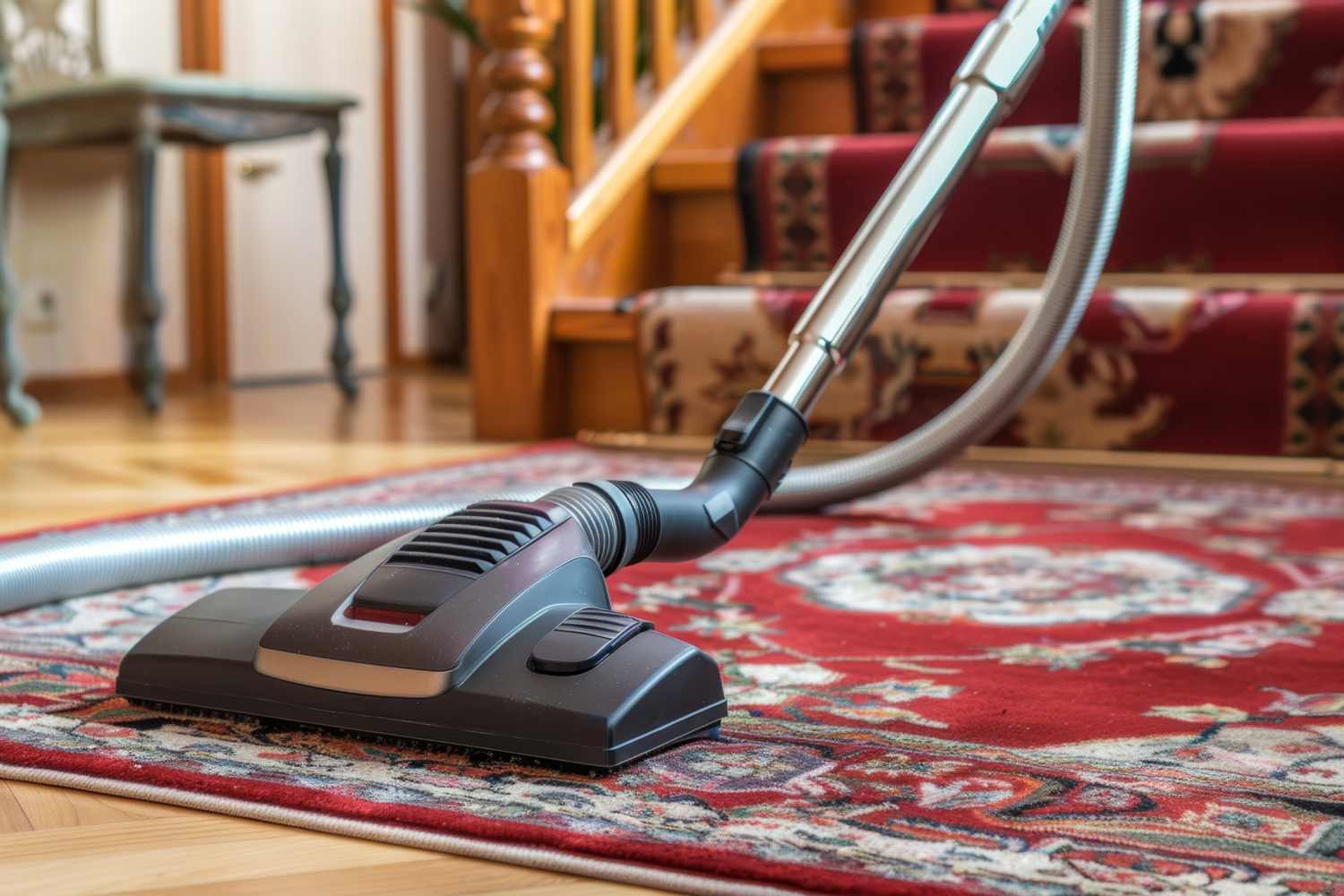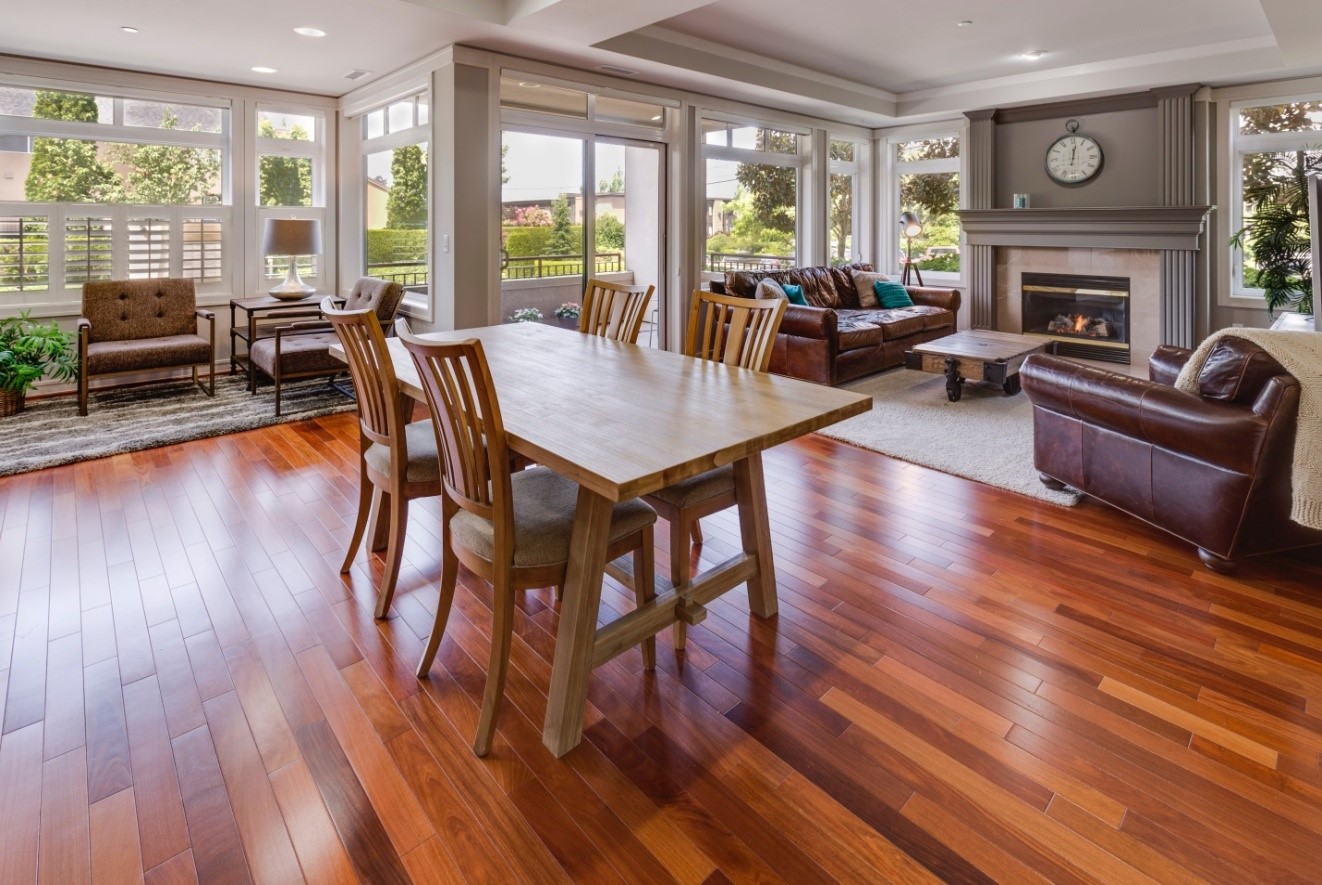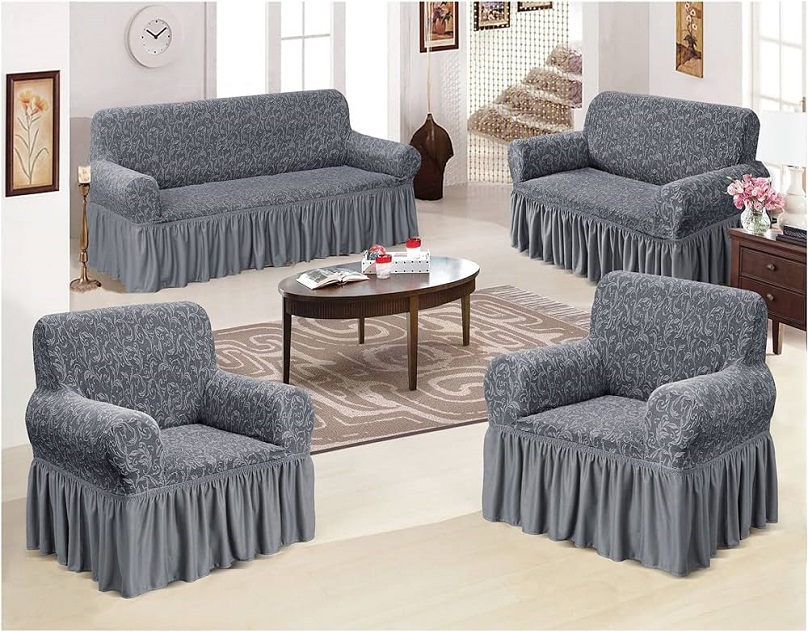When considering a new roof, many homeowners overlook metal roofing due to various misconceptions. While metal roofs are increasingly popular for their durability, energy efficiency, and sleek appearance, outdated beliefs and myths often cloud the decision-making process. This article aims to debunk five of the most common myths about Metal Roof Installation, helping you make an informed choice about whether metal roofing might be the best fit for your home.
Common Misconceptions About Metal Roofs
Metal roofing has long been surrounded by myths, largely based on outdated information or misunderstandings. Many people associate metal roofs with industrial or agricultural buildings, assuming they’re unsuited for residential use. Others worry about noise, rust, cost, and appearance. However, technological advancements have transformed metal roofing, making it an appealing, efficient, and sustainable option for modern homes. Let’s dive into the top myths and set the record straight on metal roofing.
Myth #1: Metal Roofs Are Noisy in the Rain
One of the most common myths about metal roofing is that it’s excessively noisy during rainstorms. Many people picture the loud, tinny sound that might be heard in barns or warehouses, assuming it would be the same experience in a home. However, this is far from the truth.
In reality, metal roofs installed on residential properties are equipped with insulation layers that help absorb sound. The metal panels are also typically installed over solid sheathing, creating a sound barrier that minimizes noise. Modern metal roofing can be as quiet as, or even quieter than, other materials like asphalt shingles. The combination of insulation and sheathing can reduce outside noise, making your home just as peaceful as it would be with any other roofing material.
Myth #2: Metal Roofs Are Prone to Rust
A common concern for homeowners is the idea that metal roofs are susceptible to rust, especially in areas with heavy rain or high humidity. This perception likely comes from early generations of metal roofing, which did indeed face rust issues. However, today’s metal roofs are treated with advanced protective coatings to prevent rust and corrosion.
Most modern metal roofs are made from materials like galvanized steel, aluminum, or copper, which are highly resistant to rust. Additionally, they are coated with special finishes, often referred to as galvalume or zinc coatings, which protect the metal from moisture and extend its lifespan. As a result, metal roofs are extremely durable and can last several decades without showing signs of rust.
Myth #3: Metal Roofs Make Homes Hotter
Many people believe that because metal conducts heat, a metal roof will make a home hotter, increasing cooling costs in the summer. This is another common misconception. Metal roofing actually reflects a significant amount of solar radiation, rather than absorbing it, which can help keep a building cooler.
Metal roofs can be coated with reflective paint that boosts their heat-deflecting capabilities. As a result, homes with metal roofs often enjoy lower cooling costs, especially in warmer climates. Metal roofing has become a preferred option for energy-conscious homeowners looking to reduce their carbon footprint and save on energy bills.
Myth #4: Metal Roofs Are Too Expensive
While it’s true that metal roofs may have a higher upfront cost compared to traditional asphalt shingles, they are far more cost-effective over time. The longevity and durability of metal roofs can result in lower overall maintenance and replacement costs. Whereas asphalt shingles may need replacing every 15-20 years, a well-maintained metal roof can last 50 years or more.
Moreover, the energy savings provided by metal roofs can offset the initial investment. They help homeowners save on cooling bills and may also increase property value. Many insurance companies also offer discounts for metal roofs due to their fire resistance and durability. So, while the initial price tag may seem high, metal roofs are often the most economical choice in the long run.
Myth #5: Metal Roofs Are Only for Commercial Buildings
A final misconception is that metal roofing is better suited for commercial or industrial properties than residential homes. While it’s true that metal roofing has been used in commercial buildings for years, it’s becoming increasingly popular in residential settings as well.
Metal roofs are available in a wide range of styles, colors, and finishes, making it easy to find a look that complements any home’s architecture. Homeowners can choose from sleek, modern designs or opt for metal shingles that mimic traditional roofing materials like slate or wood. With so many options available, metal roofs are suitable for virtually any residential property, from modern urban homes to rustic countryside cottages.
Conclusion: Debunking Myths and Embracing Metal Roofing
The myths surrounding metal roofs can be discouraging, but they’re largely based on outdated information or misconceptions. Modern metal roofing is incredibly durable, quiet, rust-resistant, and energy-efficient, making it a fantastic option for today’s homeowners. If you’re considering a new roof, don’t let these myths hold you back. Instead, weigh the actual benefits and costs, and you may find that a metal roof is the ideal choice for your home.
For more information on metal roofing options, Faver Roofing LLC provides expert installation and offers a variety of styles and finishes to suit your needs. With a commitment to quality and customer satisfaction, Faver Roofing LLC ensures you receive a roof that not only protects but also enhances your home’s value and aesthetics.





